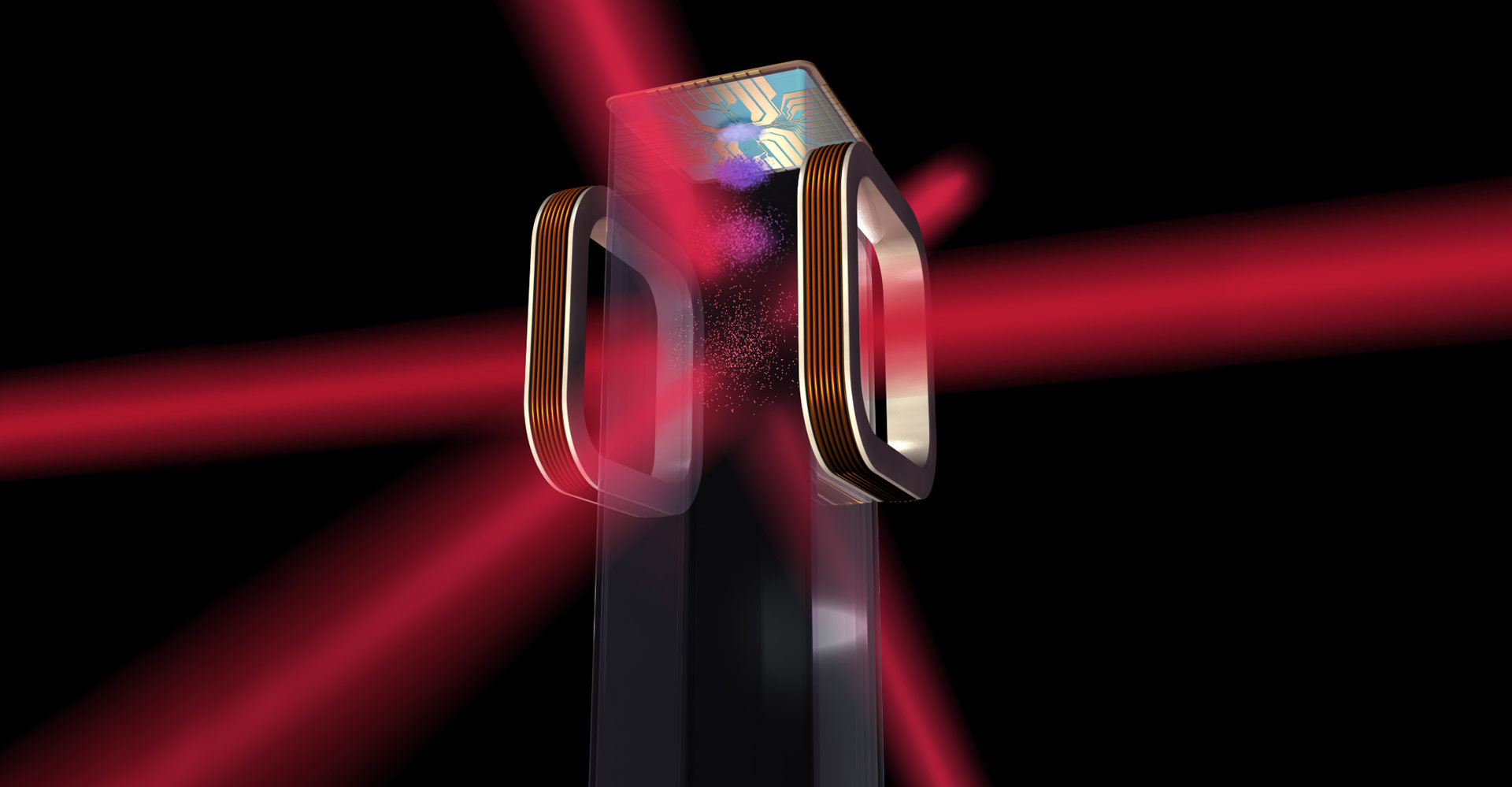 Source: Found here
Source: Found hereHeadlines:
NASA ⁘s Cold Atom Lab on the International Space Station uses quantum technology for advanced space science, offering new insights into gravitational fields, dark matter, and dark energy, and testing aspects of general relativity in microgravity.
Future space missions could use quantum technology to track water on Earth, explore the composition of moons and other planets, or probe mysterious cosmic phenomena.
NASA⁘s Cold Atom Lab , a first-of-its-kind facility aboard the International Space Station (ISS) , has taken another step toward revolutionizing how quantum science can be used in space. Members of the science team measured subtle vibrations of the space station with one of the lab⁘s onboard tools ⁘ the first time ultra-cold atoms have been employed to detect changes in the surrounding environment in space.
The study, published in Nature Communications on August 13, also reports the longest demonstration of the wave-like nature of atoms in freefall in space.
The Cold Atom Lab science team made their measurements with a quantum tool called an atom interferometer, which can precisely measure gravity, magnetic fields, and other forces. Scientists and engineers on Earth use this tool to study the fundamental nature of gravity and advance technologies that aid aircraft and ship navigation. (Cell phones, transistors, and GPS are just a few other major technologies based on quantum science but do not involve atom interferometry.)
NASA⁘s Cold Atom Laboratory on the International Space Station is regularly the coldest known spot in the universe. But why are scientists producing clouds of atoms a fraction of a degree above absolute zero ? And why do they need to do it in space? Quantum physics, of course. Here⁘s how CAL is helping scientists learn more about the physics behind things like miniaturized technology and the fundamental nature of the particles that make up everything we see. Credit: NASA Jet Propulsion Laboratory
No comments:
Post a Comment